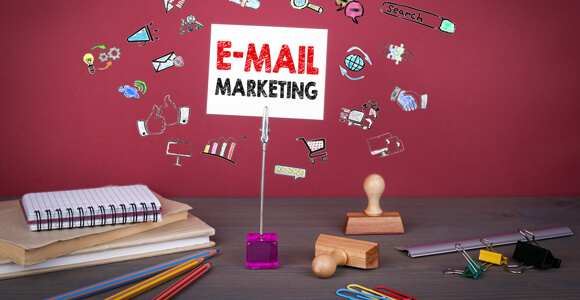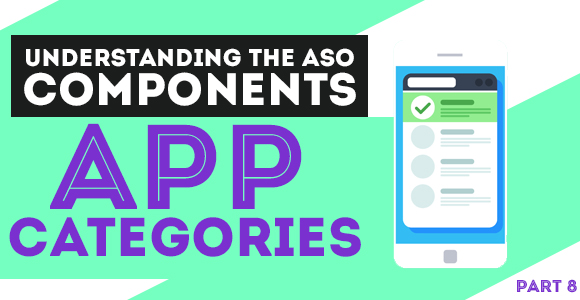The days when content marketers with huge mailing lists were the only ones to crave well-crafted email copywriting are long gone. Nowadays, we see more and more brick-and-mortar businesses go down the same email-paved path and for good reason. Email marketing has an average ROI of 122%, and it is clearly a gift that keeps on giving.
Well, not exactly.
It gives back if you give first.
What I’m trying to say, is not just any email marketing campaign will fill your pocket in return. There are several key aspects of crafting an email marketing copy that converts rather than reverts attention. If I am brutally honest, I’ve fallen into the trap of overdoing it (or under-doing it) more than once, and it backfired! So I did the best I could, and I learned from my mistakes. Here are the 4 pillars of good email copywriting that I learned through my failure.
Writing Powerful Subject Lines Is an Art in Itself
If you can’t write a compelling subject line or the web content writer you hired to do it failed, you’re basically self-sabotaging your campaign. So, first things first —
Your subject line needs to be attention-grabbing.
In its essence, writing a subject line is pretty much like writing headlines for any other kind of copy. The idea is to spike interest. But, be warned — yours is probably not the only marketing email your reader will get in their inbox today (or any day, for that matter). This means they are most probably desensitized to certain words marketers often use. Examples of such generic words include: amazing, fabulous, killer, cool etc. Unless you want them to just mark your email as “read” and move on with their lives, you need to be creative and really get into the shoes of your readers. That said, it is not just about grabbing interest —
It is about sparking an emotion as well.
Cut The Fat
In copywriting, and email copywriting in particular, you need to get your point across without the clutter of unnecessary words. Sure, you can still end up with a long sales letter, but that is okay as long as every word is there for a reason. No extra toppings. Choose every word not for its flair, but for its ability to spike the right emotion at the right time and make your reader your client as a result.
Be critical, ask yourself “Is this word necessary? Does it add to my message?”
If not, cut it out. Cut it out ruthlessly.
And Again, Know Your Audience
As one of my favorite songs goes — “stop and stare” long enough to remember what kind of email you are writing and, above all, who you are writing it for.
If you look at your own inbox, you will typically see several different types of emails. Some from friends and family — the people you actually want to hear from, and then there is the flood of other emails from businesses, charities, etc. What is common for the latter group is it uses pushy, often aggressive language that “feels” so far away from authentic communication.
Your job is to write copy that feels personal.
It’s not an easy thing to do. You need to find the right balance between being conversational and prompting action. I try to write email copy as if I am just having a chat with a friend. If it’s a fashion apparel topic, for example, I’d imagine I’m talking to a girlfriend of mine, asking her to join me for a round at the mall. But there is still a layer of technique that’s required. I remain aware of the kind of person who is reading the email and how I want them to feel both during reading, and after they have read it.
A Strong Call to Action
No matter how well you do everything else, if your Call to Action does not, well, call your reader to act, it all goes down the drain. The idea of strong Calls to Action is to…
Seal the deal.
It is true, compelling text will pull your readers and get them emotionally invested in your offering, but it is the Call to action that actually clinches the sale.
What I always advise is to keep it simple, it doesn’t have to be anything fancy. If it is, you might shift the attention from the “call” part to the “story” part. Of course, you can spice it up, but don’t overdo it.
Even if you hire a content creation agency to handle your email copywriting needs, make sure you check their work regularly, and if they don’t follow these simple 4 rules, find a better one!






